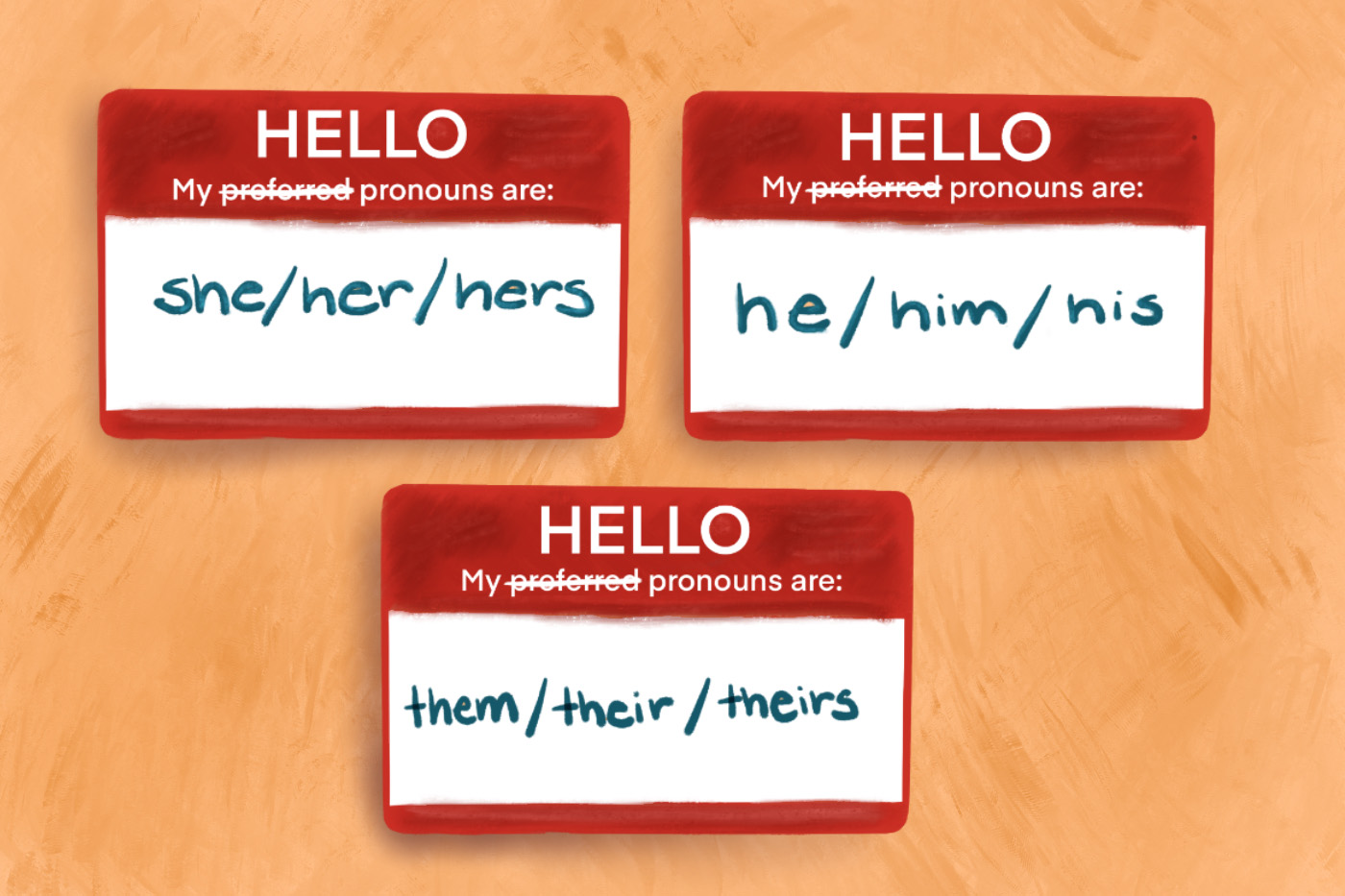Tessa Hughes is a journalism sophomore and Mustang News columnist. The views expressed do not necessarily reflect those of Mustang News.
“I am Tessa Hughes and my pronouns are she, her, hers.”
This is how I was told to introduce myself during my Week of Welcome (WOW) orientation leader training. We were taught this as a way to cultivate a safe space for incoming students. This way, right off the bat, the gender of the student would be known, never assumed.
Going through WOW training, I understood why it was so important to use our gender pronouns when introducing ourselves and others, especially for students coming to a school notorious for being not so inclusive. I appreciated that the topic was being covered, but what got me is how we covered the terminology behind preferred gender pronouns.
By putting preferred in front of something inherently subjective (and thus preferred to begin with) is not only redundant, but invalidating to the individual.
What we were discussing were gender pronouns. Yes, they were the pronouns people preferred to be called, but at the root of it, they were just pronouns. By adding the word “preferred” in front of the phrase, it felt as if something was being stripped away or invalidated. It felt like we were questioning the individual’s pronouns, as if we were saying, “We acknowledge the gender you prefer to go by, and we will call you by that. However that is not your actual gender, just your preferred gender.”
The concept of preferred gender pronouns has always been around, however, it hasn’t always taken the form it does today. In 2012 gsafe (Gay-Straight Alliance for Safe Schools) updated their definition of the phrase “preferred gender pronouns” to include pronouns outside of just feminine and masculine ones. I feel like that is when the preferred gender pronoun movement started to really gain traction. As I got older it was easy for me to grasp the concept as a whole, but no matter how it was introduced it was always preferred gender pronouns.
Back in 2012, I understand the use of the phrase preferred gender pronouns. It was introduced during a time where gay marriage wasn’t even legalized, so the entire concept of identifying as a gender that does not match one’s born sex was difficult for some to grasp. Even though it has only been seven years since gsafe updated what it means to have preferred gender pronouns, I feel like the older generations have been able to wrap their minds around the idea that a person’s gender identity can be different than their born sex, and the term preferred gender pronouns was just a bridge between generations to make the concept easier to process. Newer generations can comprehend why a person’s pronouns are what they are, not just what they “prefer to be called.” Yet there I was, sitting on a cold hardwood floor being lectured on preferred gender pronouns.
I am a part of the generation that understands the importance, so using the phrase preferred gender pronouns feels belittling to many people, and frankly dated. By still using that phrasing instead of just gender pronouns, it leaves the old-fashioned notion in the air that people are not identifying themselves correctly.
In order to completely erase this stigma, gender pronouns need to be taught just like that: gender pronouns. Not preferred gender pronouns. Gender pronouns are not a preference but an identification, so they should be treated and respected as such. Gender pronouns are what people are, not what they are merely choosing to be, and to drop that perception, we need to drop the preferred.

